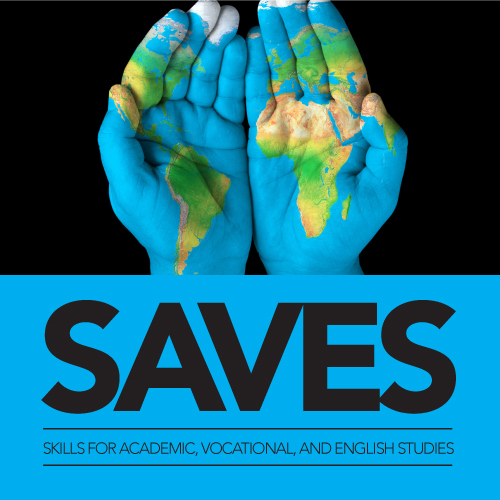Literacy

WHO IS THE INTENDED POPULATION?
This course is for persons who are at the beginning stage of learning to read and write for the first time in any language and wish to learn English.
WHAT IS THE COURSE DESIGNED TO DO?
The course is a three-level course that provides English language and literacy instruction.
- Students entering Level A may recognize that pictures represent real-life objects, and shapes represent letters but have difficulty drawing pictures or copying letters.
- Students entering Level B may be able to copy letters, but may not be able to write them in a dictation exercise.
- Students entering Level C may be able to read words representing classroom objects, but may not be able to write them in a dictation exercise.
HOW ARE STUDENTS PLACED IN THE COURSE LEVELS?
Follow these steps for placement:
- Administer the CASAS Oral Screening (found in the CASAS Testing Manual or the FLDOE Assessment TA Paper).
- If the student obtains ≤5 points on the Oral Screening, administer the five practice items from CASAS Form 27.
- a. If the student has some difficulty completing the five practice items, administer the FLDOE Native Language Literacy Screening. Score according to directions, and place the student in the course at the indicated level, A, B, or C. The Screening tool can be downloaded at http://www.fldoe.org/Workforce/AdultEd/resources.asp.
b. If the student is able to complete the five practice items without difficulty, do not place the student in the Literacy Skills course. Follow the intake procedure for placing the student in the regular ESOL course
HOW ARE STUDENTS TESTED?
- Students in this course are not required to take a state-approved test to show progress.
- The instructor will complete the Progress Report to document the student’s progress.
- Informal assessments, portfolio work, and end-of-unit tests in textbooks should be used to guide instruction, set goals and track progress.
WHAT ARE STUDENTS TAUGHT?
The course covers six topic areas:
- Basic Literacy Skills (Sound Discrimination, Reading, Writing).
- Communication (Personal Information, Social and Classroom Language, Time).
- Employment.
- Consumer & Community Education.
- Health & Nutrition.
- Transportation & Travel.
HOW ARE STUDENTS TAUGHT?
Some strategies that have proven successful are:
- Help students connect print-related tasks they need to perform in everyday life to the lessons taught in class (filling out forms, signing their name, saying their address, telephone, etc.).
- Use the “Language Experience Approach” (LEA), in which the instructor asks students about an event or a topic, writes the student’s responses on the board or on paper, and practices reading it with students.
- Use “explicit instruction,” in which the instructor demonstrates and points out the structure of the English language, and how these may be similar or different to languages the student is familiar with.
- Use “realia,” which are actual objects or facsimiles that students can touch and see.
- Begin with “environmental print” (symbols, letters, and words students see at home, in their neighborhoods, and workplaces) to help students attach meaning to the print and symbols they see.
- Use a blend of “whole language” and “phonics” instruction, starting with letters and words that have contextual meaning for the student.
HOW DO STUDENTS PROGRESS?
- Students progress by completing the competencies in the Progress Report.
- Informal testing methods should be used to measure progress on learning the course competencies.
- The instructor and program administrator will sign off on the Progress Report to certify that the student has satisfactorily completed the competencies of the course.
HOW CAN TEACHERS HELP STUDENTS TRANSITION?
- Students who have completed the Level C Progress Report may transition to the Adult ESOL course. They may take the BEST Literacy, BEST Plus, CASAS (reading and listening), or TABE CLAS-E (reading and listening) for placement into the Adult ESOL course. They do not need to take the CASAS Oral Screening.
Adult General Education Programs







